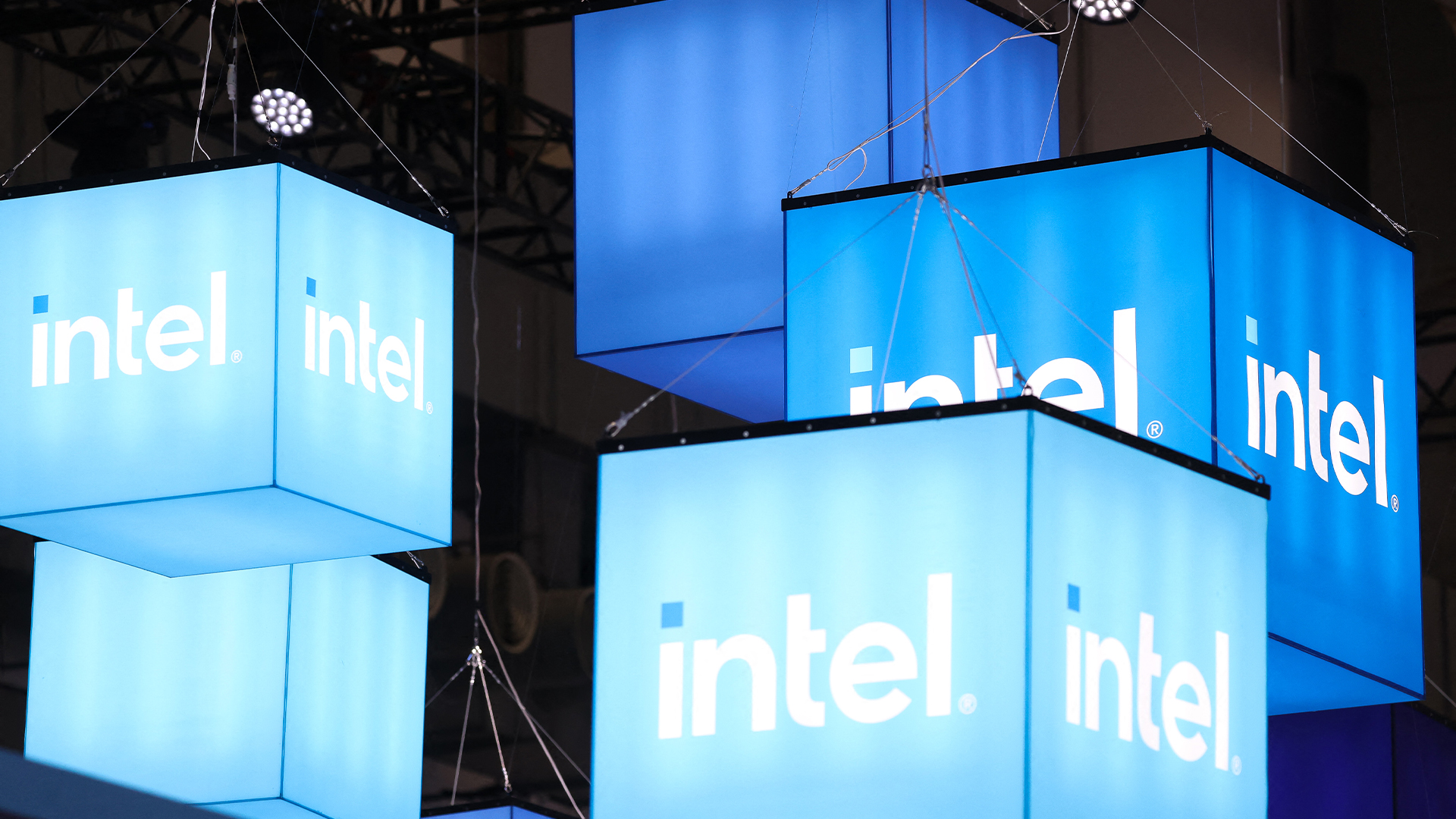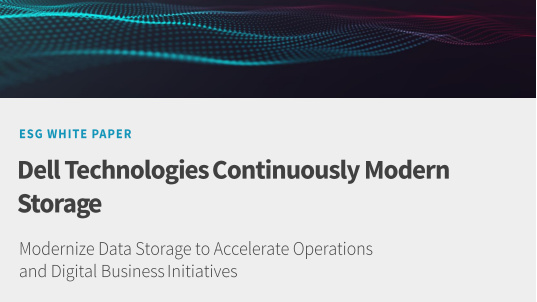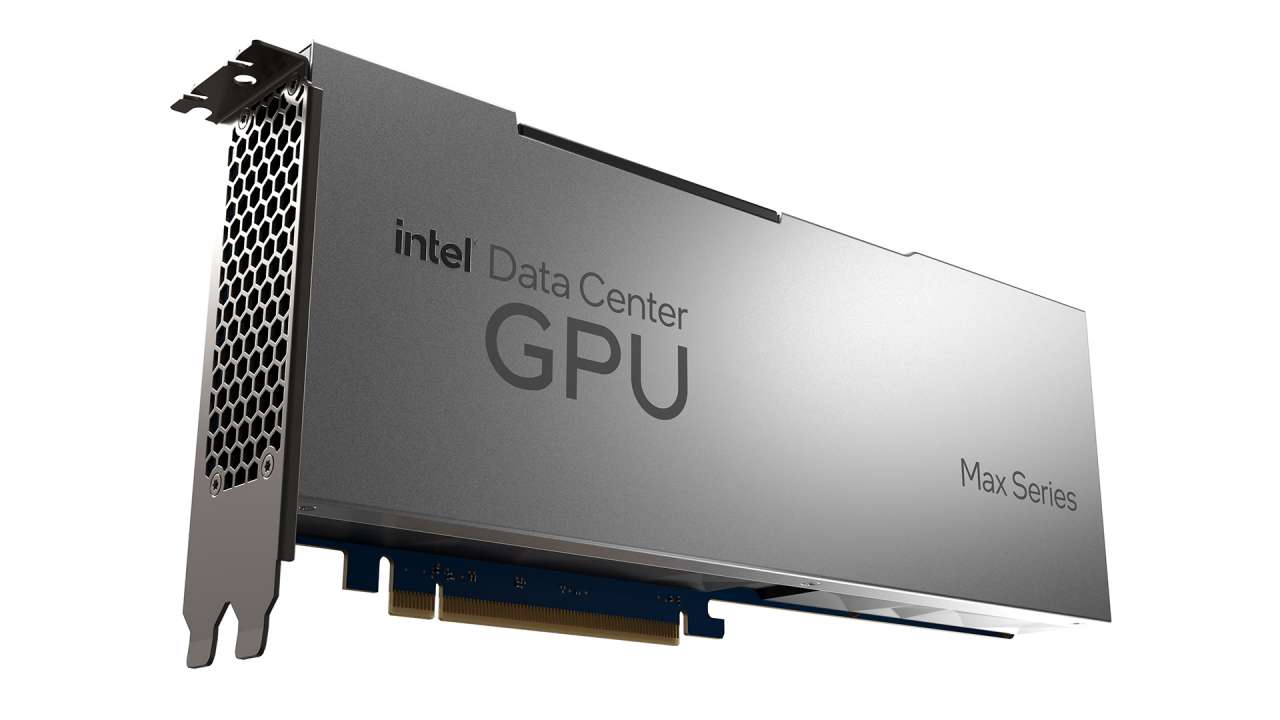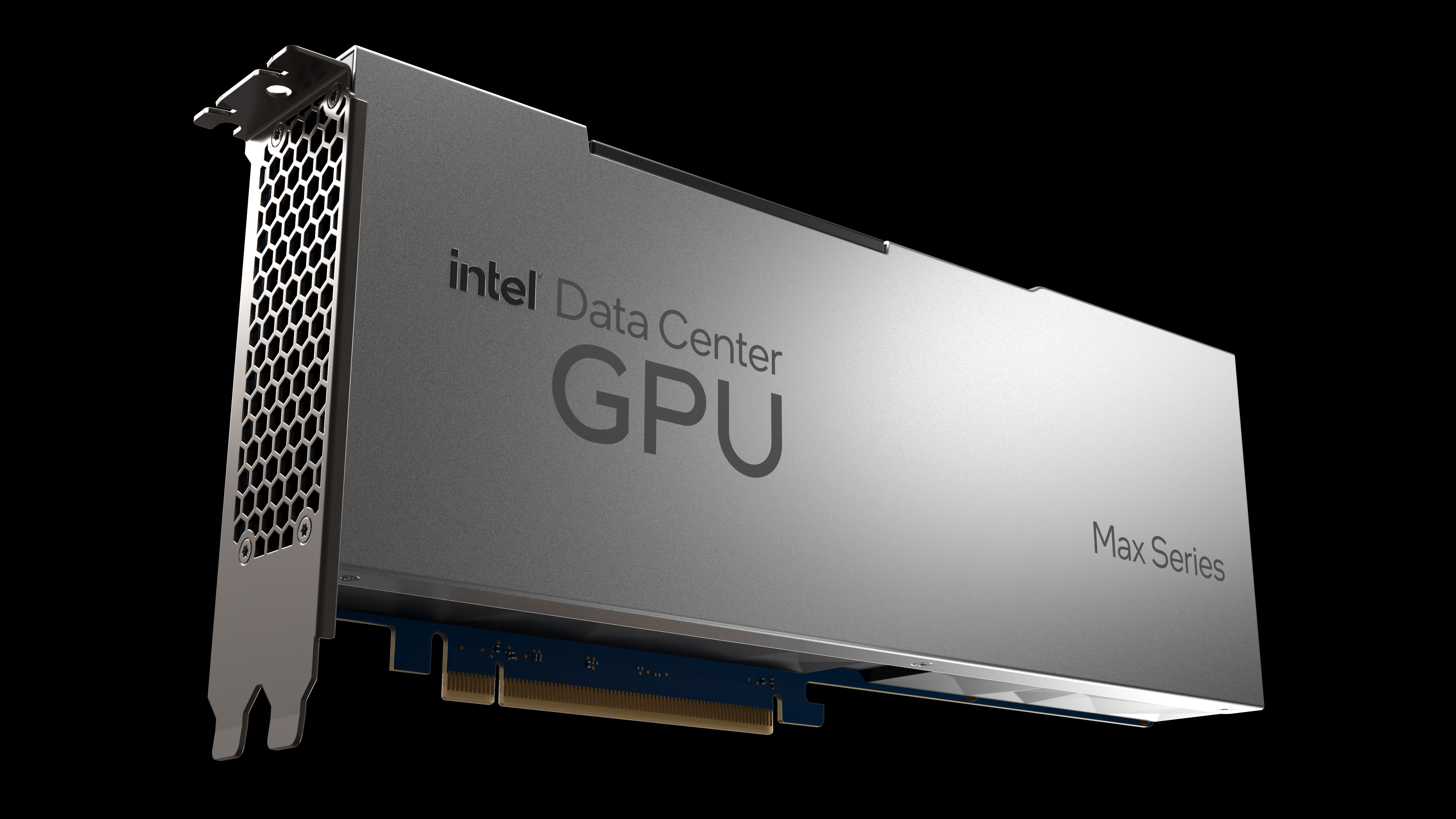Intel Optane: The future of data centre storage
Optane could be a revolutionary technology for the data centre, improving performance while bringing high-end applications down in cost

New enterprise applications are growing more data-intensive, as organisations push to make more of their inputs and outputs, looking to get to the insights and the value faster to gain the greatest competitive edge. The largest enterprises want architecture that promotes agility; that gives them the scope to innovate and react faster, transforming operations or the customer experience. Smaller enterprises are looking for technology that can help them compete in the big leagues, delivering cutting edge performance at a lower cost.
On both counts, traditional memory and storage architectures are failing. Conventional NAND-based solid-state storage seems to offer the performance, but while it's blazingly fast in certain circumstances, when you have a large number of pending input/output requests (what we call a high queue depth), those speeds don't necessarily hold up across a full range of scenarios. Latency creeps in and performance falters. Applications that manipulate large datasets in real-time or handle complex High-Performance Computing operations at speed are held back when the data they rely on hits the bottleneck.
For some platforms and workloads, working entirely in-memory is the answer, but if so it's the kind of answer that involves a major investment one that might be difficult to justify for many businesses. The sheer costs involved can ensure these applications remain a pipe dream for small and medium-sized enterprises.
With Optane memory technology, Intel has found a better route forward, offering the data centre a killer combination: the performance of RAM with the persistence and costs - of storage. Optane brings ultra-low-latency and significantly higher performance than NAND, even without a higher queue depth. Optane's performance also scales faster, so that you're not waiting for the speed to ramp up as a data operation runs it's there almost from the word go.
How does Intel Optane work?
To do this, Optane combines 3D XPoint memory media with Intel storage software, Intel Memory and Storage controllers and Intel Interconnect IP. 3D XPoint media uses a different structure to conventional NAND-based solid-state memory, where perpendicular wires connect microscopic columns containing the individual memory cells, the wires on one axis connecting at the top, and on the other axis connecting at the bottom. These structures are stacked to maximise density. The advantage is that each cell can be addressed individually by selecting the two wires that connect to it specifically. Data is read and written by varying the voltage sent to each selector, and there's no need for a transistor at each memory cell, enabling the cells to be packed even more densely.
Like NAND, 3DXpoint is a non-volatile form of memory, which makes it great for storage. It's very durable, enduring more read-write cycles than NAND without any significant impact, and its density eight to ten times that of DRAM makes it possible to cram more memory into less space, reducing cost. Combine that with fast switching material and an interconnect design optimised for low-delay, and you have a storage technology that can outperform NAND SSDs on random read/write performance, under write load or at low queue depths; scenarios that arguably better reflect the way that demanding data centre applications use storage.
To really maximise the benefit of Intel Optane, you can partner it with Intel's new Xeon Scalable architecture. The biggest step-change in twenty years of Xeon CPUs, Xeon Scalable thrives in the kind of big-data, high-performance, low-latency workloads where Optane also shines. Xeon Scalable isn't designed around just brute performance, but around a synergy between computer, network and storage capabilities, where Optane has the characteristics to work hand in hand.
READ MORE: IT Pro's Intel Xeon Scalable deep dive
Optane in the data centre
Optane's advantages sound exciting on paper, but what are the benefits in real-world use? Well, while much of the hype around Optane has focused on the performance benefits of Optane memory in high-performance desktops and workstations, Optane has just as much to offer the data centre in high-performance, high-capacity SSDs, or in Optane DC Persistent Memory modules that combine the persistence of non-volatile storage with the speeds of DRAM.
Optane makes a tangible difference when you're running high-end Business Intelligence or analytics workloads, particularly when working with high-capacity, in-memory datasets. Optane's low-latency characteristics make it a natural fit for any application where latency can bottleneck performance. Storage remains more responsive even under extreme workloads, latency is reduced, and applications can deliver more transactions per second, consistently, over sustained periods.
What's more, Optane enables you to create a pool of memory beyond DRAM capacity, enabling you to grow your memory footprint without actually buying more RAM. This enables severs to deliver in-memory levels of performance across many workloads, even when DRAM is only supplying between one-third and one-tenth of the overall capacity. That's big news when Optane costs around half as much per GB as the equivalent quantity of DRAM.
That's great in heavily virtualised environments, but also superb for high-performance computing or AI and machine learning applications, where working in-memory is crucial to performance. Optane could help run complex simulations at higher speeds for lower costs. It's already enabling scientists at the University of Pisa to use undersampling and interpolation in MRI exams, reducing exam times from 40 minutes down to two minutes without affecting the accuracy or utility of the results.
You can tackle projects that would normally involve huge amounts of DRAM with a combination of DRAM and Optane, reducing the initial investment and lowering operating costs. Applications that used to be the preserve of the largest enterprises trickle down within reach of smaller organisations, while existing applications can scale up at lower costs. In its own quiet way, Optane could be revolutionary. It doesn't just boost performance in the data centre but gives engineers a more cost-effective platform on which they can innovate and build. Higher speeds, lower latency, enhanced endurance, reduced costs Optane is delivering the future of data centre storage now.
Get the ITPro daily newsletter
Sign up today and you will receive a free copy of our Future Focus 2025 report - the leading guidance on AI, cybersecurity and other IT challenges as per 700+ senior executives
ITPro is a global business technology website providing the latest news, analysis, and business insight for IT decision-makers. Whether it's cyber security, cloud computing, IT infrastructure, or business strategy, we aim to equip leaders with the data they need to make informed IT investments.
For regular updates delivered to your inbox and social feeds, be sure to sign up to our daily newsletter and follow on us LinkedIn and Twitter.
-
 Bigger salaries, more burnout: Is the CISO role in crisis?
Bigger salaries, more burnout: Is the CISO role in crisis?In-depth CISOs are more stressed than ever before – but why is this and what can be done?
By Kate O'Flaherty Published
-
 Cheap cyber crime kits can be bought on the dark web for less than $25
Cheap cyber crime kits can be bought on the dark web for less than $25News Research from NordVPN shows phishing kits are now widely available on the dark web and via messaging apps like Telegram, and are often selling for less than $25.
By Emma Woollacott Published
-
 Accelerating business modernization
Accelerating business modernizationModernizing your infrastructure with the right servers can accelerate business transformation, enhance security, and future-proof your organization for tomorrow’s challenges
By Rene Millman Published
-
 Intel layoffs to hit 15,000 roles as falling revenue and poor returns on AI bite
Intel layoffs to hit 15,000 roles as falling revenue and poor returns on AI biteNews CEO Pat Gelsinger announced news of the Intel layoffs following a recent earnings call
By George Fitzmaurice Published
-
 Sustainable business starts with sustainable IT infrastructure
Sustainable business starts with sustainable IT infrastructureWhitepaper Reduce energy consumption without sacrificing performance with Intel and CDW
By ITPro Published
-
 Winning the data-centric digital business in this decade
Winning the data-centric digital business in this decadeWhitepaper Discover more about Dell’s adaptive, secure, and resilient portfolio for the digital business and win in this data-centric era
By ITPro Published
-
 Intel and Dell secure deal to build a digital twin of a UK fusion power plant
Intel and Dell secure deal to build a digital twin of a UK fusion power plantNews The simulation will be critical for meeting the ambitious goal of delivering fusion energy to the UK’s energy network in the 2040s
By Richard Speed Published
-
 Continuously modernize storage
Continuously modernize storageWhitepaper Modernize data storage to accelerate operations and digital business initiatives
By ITPro Published
-
 Intel pitches new 4th Gen Xeon chips as its "most sustainable" data centre processors
Intel pitches new 4th Gen Xeon chips as its "most sustainable" data centre processorsNews The chip giant suggested the launch of the 4th Gen Sapphire Rapids processors marks a turnaround in its recent history
By Bobby Hellard Published
-
 Intel unveils Max Series chip family designed for high performance computing
Intel unveils Max Series chip family designed for high performance computingNews The chip company claims its new CPU offers 4.8x better performance on HPC workloads
By Zach Marzouk Published
